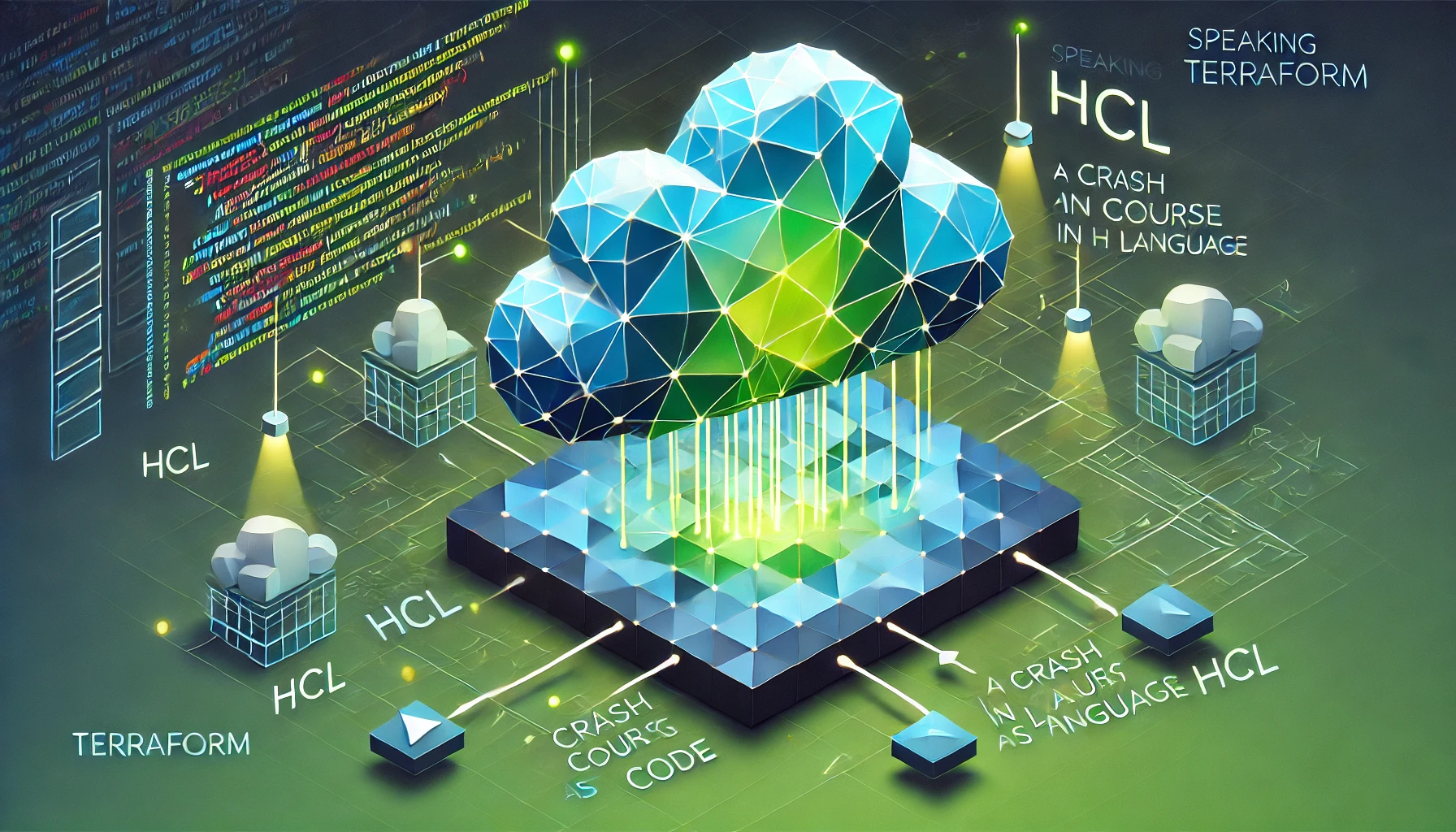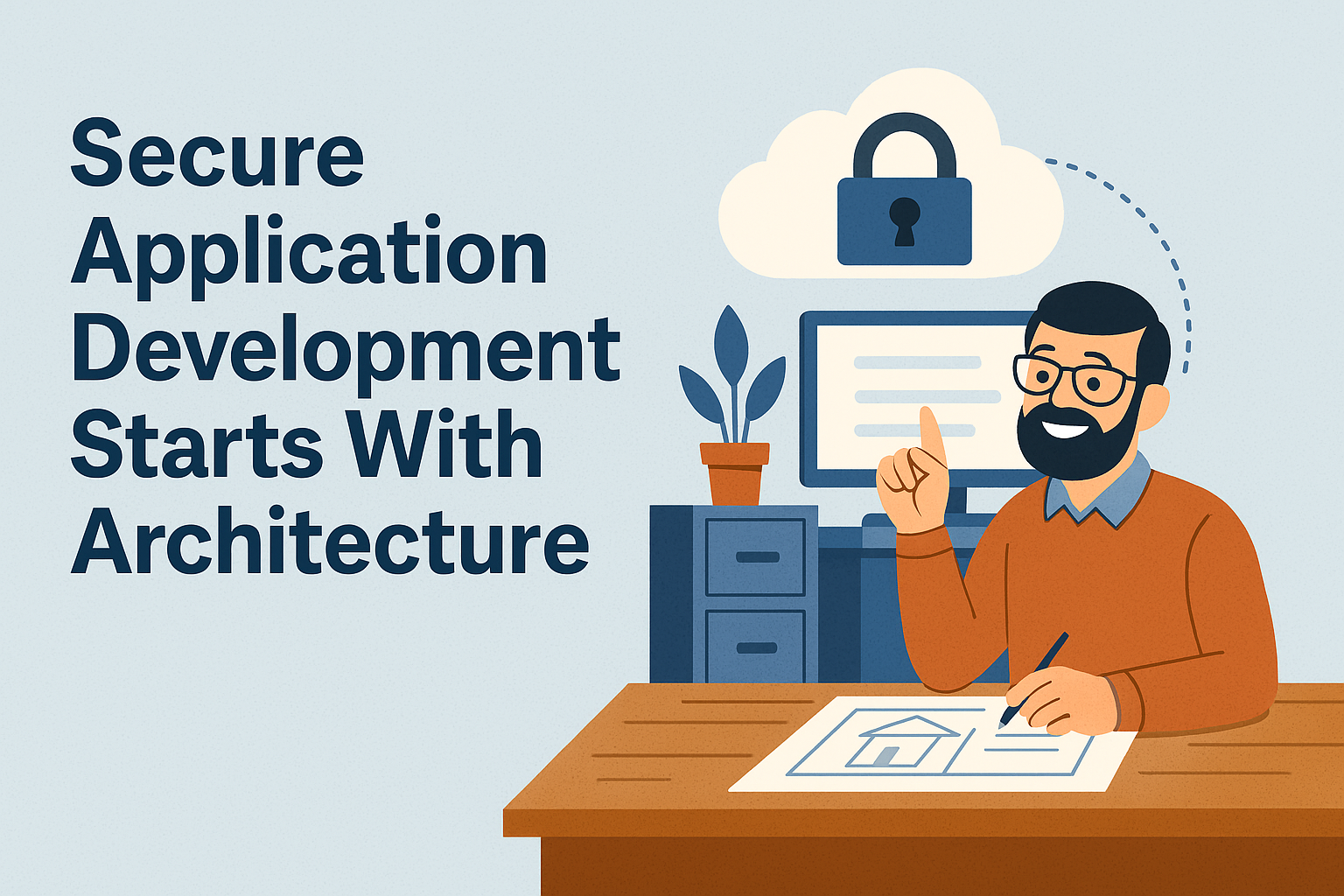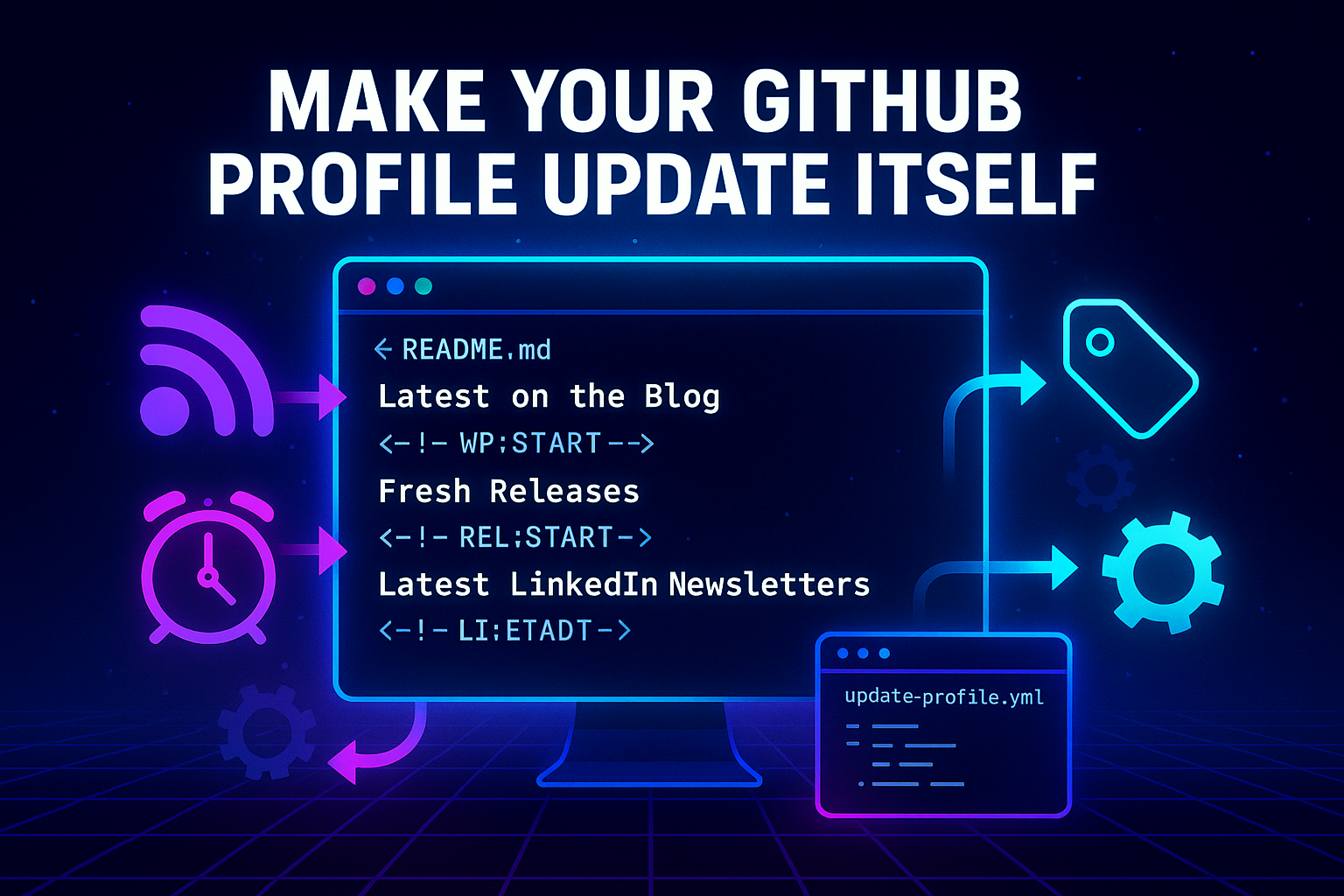
Terraform 101: Your First Steps into Infrastructure as Code
- Chris Woodruff
- February 16, 2025
- Terraform
- devops, IaC, infrastructure, terraform
- 0 Comments
So, you’ve heard about Terraform, but you’re wondering:
“What the heck is Terraform, and why should I use it?”
Terraform is the magic wand of infrastructure automation—it lets you:
- Define cloud infrastructure as code (instead of clicking around in AWS, Azure, or GCP).
- Automate deployments (no more manually setting up VMs and databases).
- Make infrastructure changes safely (version control FTW!).
In this guide, we’ll take you from Terraform newbie to deploying your first cloud resource—step by step, no stress.
Let’s get started!
1. What is Terraform? (And Why Should You Care?)
Terraform is an Infrastructure as Code (IaC) tool that lets you define cloud resources using simple configuration files. Instead of manually creating infrastructure through cloud dashboards, you write code, apply it, and let Terraform do the work.
How Terraform Works:
1. You write a config file (e.g., “I want an AWS EC2 instance”).
2. Terraform plans the changes and shows what will happen.
3. Terraform applies the changes and deploys your infrastructure.
Why Use Terraform?
- No more manual clicks – Automate infrastructure across AWS, Azure, GCP.
- Consistency – No more “it works on my cloud” problems.
- Easier scaling – Define infrastructure once and reuse it.
- Built-in state management – Tracks what exists so you don’t have to.
In short: Terraform makes cloud management easy, scalable, and repeatable.
2. Installing Terraform (The Easy Way)
Terraform runs locally on your machine, and installing it is super simple.
Step 1: Install Terraform
For Mac/Linux, run:
brew install terraform
For Windows, use Chocolatey:
choco install terraform
Or download it from terraform.io/downloads.
Step 2: Verify the Installation
terraform -version
If you see a version number, you’re good to go!
3. Writing Your First Terraform Configuration
Let’s create a Terraform configuration file to deploy an AWS EC2 instance.
Step 1: Create a Terraform File (main.tf)
provider "aws" {
region = "us-east-1"
}
resource "aws_instance" "web" {
ami = "ami-0c55b159cbfafe1f0"
instance_type = "t2.micro"
}
What’s Happening?
provider "aws"– Tells Terraform we’re using AWS.resource "aws_instance" "web"– Defines an EC2 instance.amiandinstance_type– Configures the instance type.
4. Initializing and Applying Terraform
Now that we have our Terraform config, let’s deploy it!
Step 1: Initialize Terraform
terraform init
This downloads required plugins (AWS, Azure, GCP, etc.).
Step 2: Preview Changes with terraform plan
terraform plan
Terraform will show what it’s about to do before applying changes.
Step 3: Apply the Changes
terraform apply
Type “yes” when prompted. Terraform will now create your EC2 instance!
5. Managing Infrastructure with Terraform
Making Changes
Want to change the instance type? Just update main.tf:
instance_type = "t3.micro"
Then, run:
terraform apply
Terraform will detect the change and update the instance.
Destroying Infrastructure
Need to clean up resources? Run:
terraform destroy
Terraform removes everything safely.
No more manually clicking “Delete” in cloud dashboards!
6. Terraform State: How Terraform Remembers Everything
Terraform keeps track of what it deployed using a state file (terraform.tfstate).
Why Terraform State Matters
- Keeps track of existing resources so Terraform doesn’t recreate them.
- Allows collaborative work across teams.
- Supports remote state storage (e.g., in S3 for team-based projects).
Think of it as Terraform’s memory—it knows what’s already running.
7. Terraform Modules: Reusing Infrastructure Code
Instead of writing the same Terraform code repeatedly, use modules to organize and reuse configurations.
Example: A Simple Terraform Module
module "ec2_instance" {
source = "./modules/ec2"
instance_type = "t2.micro"
}
Now, you can reuse this module across multiple environments!
8. Terraform Workflow Cheat Sheet 📖
| Command | What It Does |
|---|---|
terraform init | Initializes Terraform in a directory. |
terraform plan | Shows what Terraform will change before applying. |
terraform apply | Deploys or updates infrastructure. |
terraform destroy | Removes infrastructure managed by Terraform. |
terraform state list | Lists all Terraform-managed resources. |
Master these commands, and you’ll be Terraforming like a champ!
10. Common Beginner Mistakes & How to Avoid Them
| Mistake | Fix |
|---|---|
Forgetting to run terraform init | Always initialize Terraform before applying changes. |
Not checking terraform plan | Always preview changes before applying. |
| Deleting cloud resources manually | Use terraform destroy instead. |
| Hardcoding credentials | Use environment variables or Terraform Cloud. |
Pro Tip: If Terraform tries to delete something unexpected, STOP and check your state file!
Wrapping Up
Congrats! You just learned the basics of Terraform and even deployed your first cloud resource.
Quick Recap:
- Terraform automates cloud infrastructure with code.
- Use
terraform init,terraform plan, andterraform applyto deploy resources. - Manage Terraform state to track cloud resources.
- Use modules to reuse and organize Terraform code.






